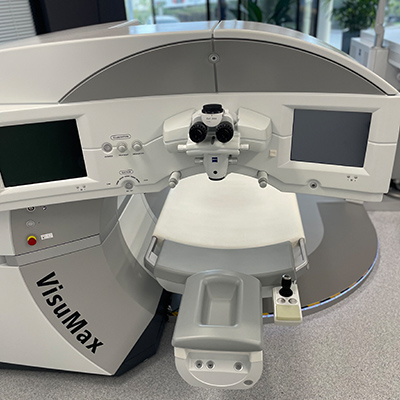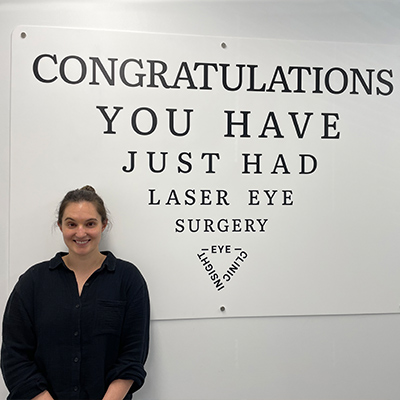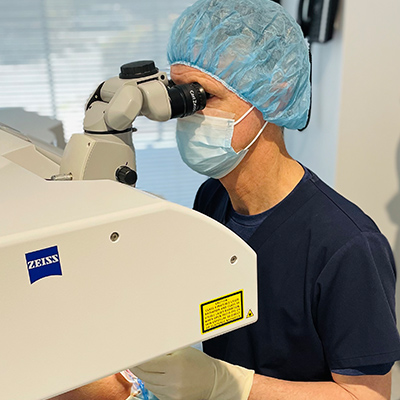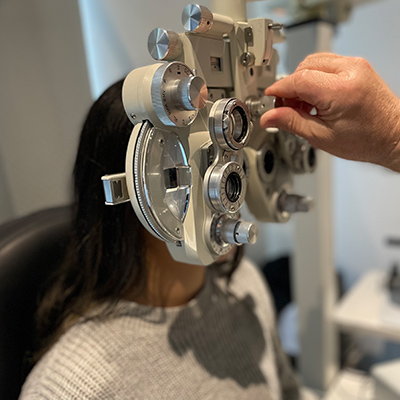FIFO & Construction Workers – Benefits of Laser Eye Surgery
There are endless benefits to having laser eye surgery. If you wear glasses or contact lenses and are visually impaired without them, you know first hand how disruptive the requirement for them is. And if you need reminding… there are several posts on our blog page about how amazing laser eye surgery is. We also have dozens of video’s of people’s reactions immediately after laser eye surgery on TikTok.
So, how can FIFO* and construction workers benefit from laser eye surgery?
*FIFO = Fly In Fly Out

Fly in fly out construction site miner workers queuing up, Perth Western Australia
 Increased comfort in eyes due to a massive reduction in dry eye cases following surgery
Increased comfort in eyes due to a massive reduction in dry eye cases following surgery
Airplane environments are less than ideal. Air pressure, low humidity conditions and recirculated air cause an increase in tear evaporation which intensifies dry eye symptoms. Contact lens wearers are already at high risk of dry eye symptoms which cause eyes to be itchy, watery, burn and feel heavy and tired. Adding frequent flying into the mix exacerbates dry eye symptoms which can lead to corneal erosion (a more serious occurrence following long-term or extreme corneal dryness).
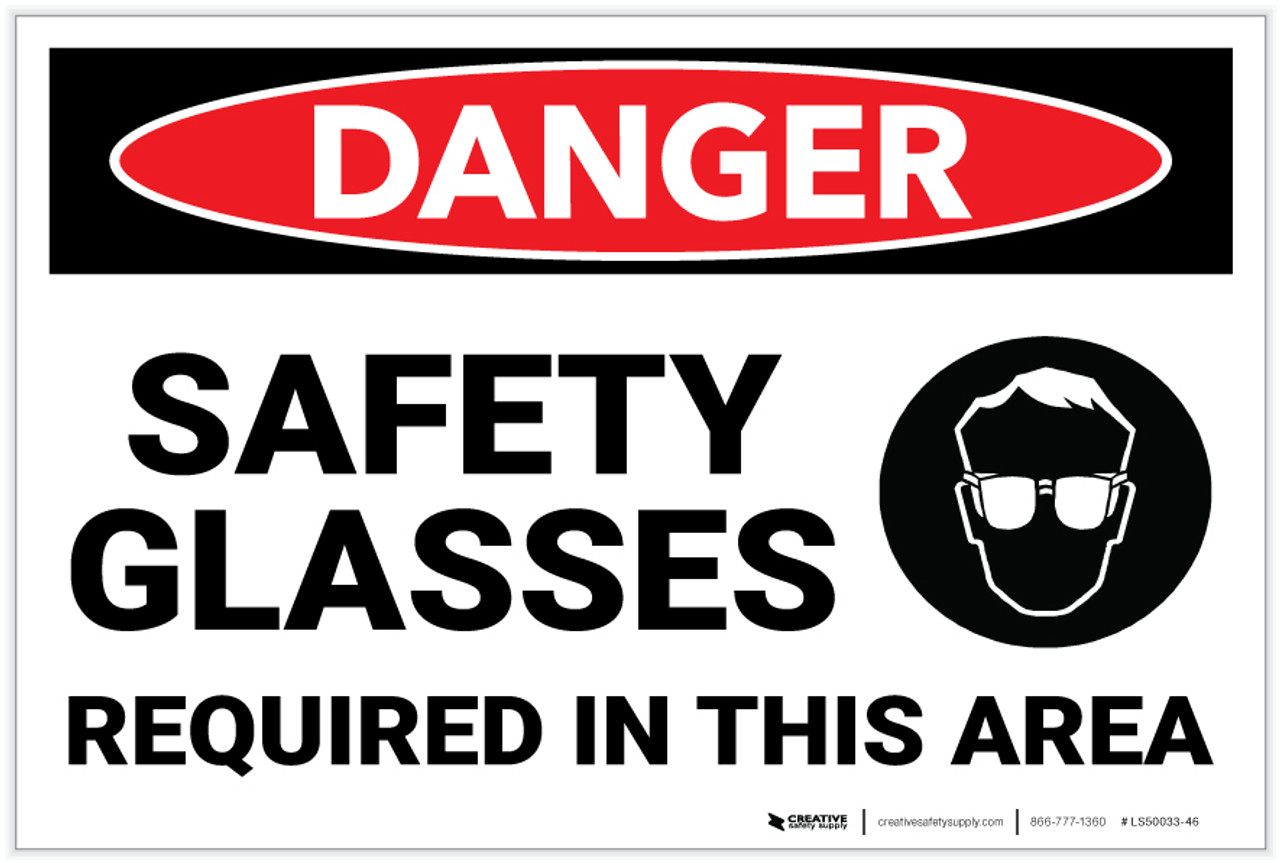 Finding suitable safety glasses to cover glasses or replicate your prescription in safety glasses can be difficult
Finding suitable safety glasses to cover glasses or replicate your prescription in safety glasses can be difficult
A standard requirement for all mining and construction sites is correct PPE (personal protective equipment). This includes wearing approved safety glasses. It can be difficult to find safety glasses that cover your standard glasses. Some people choose to add side shields to their existing glasses but the risk is that the lens material itself is not as protective as the preferred safety glasses. Some mining and construction workers choose to have prescription safety glasses made specifically for work. This can be costly and is at the discretion of your employer as to whether or not they will cover the cost.
 Safer work conditions are possible when you are not at risk of damaging your glasses or losing a contact lens
Safer work conditions are possible when you are not at risk of damaging your glasses or losing a contact lens
A large portion of mining and construction roles include manual labour. With all manual labour, there is the added risk of injury. Through a number of potential causes, those wearing glasses are at risk of their glasses becoming damaged or a contact lens falling out. The risk to that worker can become potentially fatal if at that time, they are operating heavy machinery or in a high traffic area. The year 2023 reported approximately 60 deaths relating to the mining and construction industry in Australia. We are unsure if those dealing with vision impairment are statistically at higher risk.
A reduction in the amount of eye infections, corneal abrasions and dry eye syndrome for FIFO workers
Environmental conditions within the mining and construction industry are often dusty, hot and dirty. This is less than ideal for contact lens wearers. It is very easy to get dust or dirt trapped under a contact lens. Sanitary conditions when on site might be far away and not easy to access in the exact moment required. The removal, cleaning and re-application of a contact lens requires access to running water and soap. Trapped dust or dirt can cause eye infections or corneal abrasions (a scratch on the surface of the eye) which can lead to infection. Consistent dusty atmospheres are irritating to the delicate surface of the eye. Regular exposure can cause dry eye syndrome which in time, could increase in severity. If left untreated, severe dry eyes may lead to eye inflammation, abrasion of the corneal surface, corneal ulcers and vision loss.
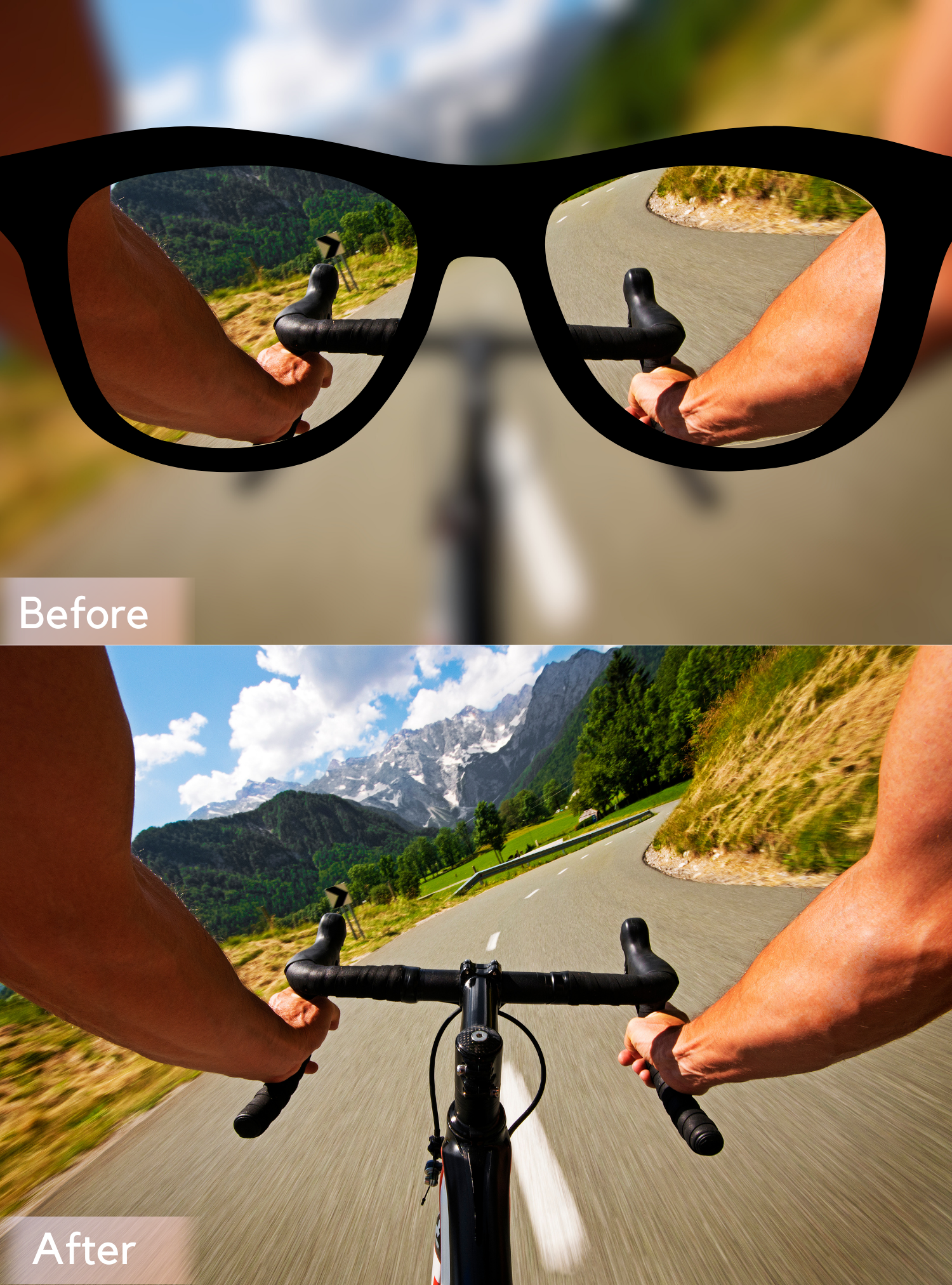 Improved peripheral vision for a 360° view
Improved peripheral vision for a 360° view
Anyone who wears glasses understands that your vision is limited to the area of your glasses lens that you are able to look through. For example, a heavy diesel mechanic might be in a tight spot working on big rig. They might need to rely on their peripheral vision to see part of the engine or a spring. Wearing glasses does not give you immediate access to your peripheral vision in certain cases. This situation in turn, has made their job that bit more difficult. A haulpak driver who works at night needs to be hyper-vigilant and the small loss of peripheral vision when wearing glasses might be detrimental.
I’m sure you can imagine similar scenarios where clear unaided vision is preferable when compared to glasses and contact lenses.
Daily life is easier following laser eye surgery when you no longer rely on glasses and contact lenses
Forgetfulness is inconvenient. You might have forgotten to replenish your contact lens stock and you don’t have enough time on your R&R to organise it. You might have taken off to the airport in your prescription sunglasses and forgotten your prescription safety glasses. You might have lost your side shields and been unable to replace them in time for your next shift. Maybe you forgot the solution for your contact lenses. These are added stresses and safety concerns. Being unprepared leads to poor decision making and might force you to forego your visual aid in hopes that you can get through the swing without them.
In today’s society, a lot of us are time poor. When you work in a very remote part of the country for long periods of time, the time spent at home goes quickly and you are unable to complete all of the tasks you hoped you would. Through having laser eye surgery, you have saved yourself the added stress of having to worry about your vision.
 How many people are FIFO and construction workers?
How many people are FIFO and construction workers?
More than 100,000 people across Australia fly to remote sites for work. The construction industry employs approximately 1,143,600 people (around one in 10 workers).
With such a diverse array of roles within these industries, there are so many reasons to have laser eye surgery. New technology and straight forward aftercare makes having laser eye surgery easier than ever. Dr Furness can also provide your with a medical certificate for any additional time off required (work environment dependant during the healing phase). This allows you to access your sick leave and not your personal leave.
FAQ’s
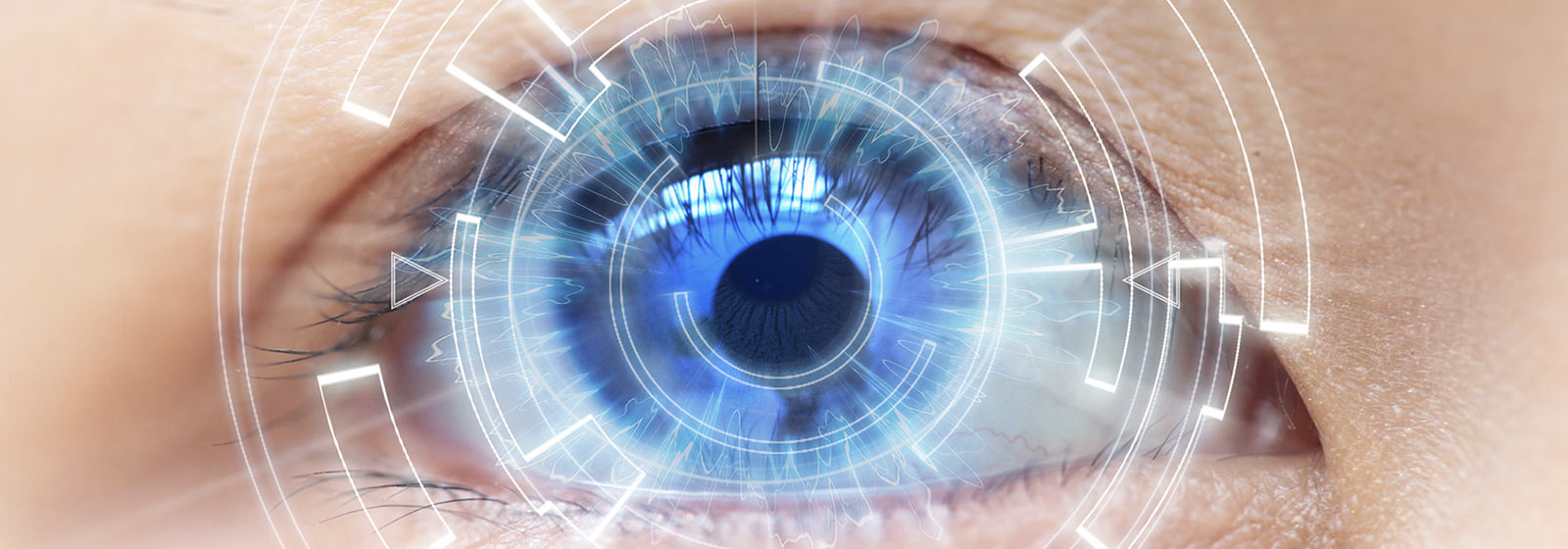
 Where should I go for laser eye surgery?
Where should I go for laser eye surgery?
Dr Graham Furness at Insight Eye Clinic is one of the most experienced Refractive & Cataract Surgeons in Western Australia. Dr Furness is a corneal expert who specialises in ReLEx SMILE, LASIK, PRK, ICL (implantable contact lens) and RLE (refractive lens exchange). Dr Furness has also specialised in Cataract surgery since 1999, offering a variety of vision outcomes to suit each unique person’s daily vision requirement.
What is the process to visual freedom?
You will first require a consultation in either our Subiaco or Westminster clinic. This process can take between 2 and 3 hours and a full eye health assessment with Dr Furness is also included. Various diagnostic and vision tests will ensure what surgery type is best suited to your daily life. Following your consultation, surgery can be scheduled if you are a suitable candidate. Depending on the surgery type required, you might have to wait between 2 and 6 weeks. Following surgery, a few standard post-op appointments are required, as well as post-op eye drops for a short period.

 How quickly can I see after surgery?
How quickly can I see after surgery?
After laser eye surgery, results are immediate and continue to improve over the coming weeks. For the first few hours afterwards, vision can seem a little foggy and eyes may feel a little light sensitive. Correct aftercare protocol is very important and will ensure the optimal outcome. Almost all patients have reached driving standard vision (usually better) by the following morning.
Is laser eye surgery permanent?
Yes, laser eye surgery is permanent. During the procedure, a tiny amount of corneal tissue is removed to reshape the patient’s eye. Once the tissue is gone, it is gone permanently. In some cases, people can redevelop refractive error. This will be discussed during a consultation.
Presbyopia is an occurrence that happens to everyone in their mid to late 40’s. The eye loses some of it’s ability to accommodate and people begin to notice their near vision becoming blurrier and blurrier over time. This is age-related and unrelated to the laser eye surgery procedure performed. There are surgical options available to help with presbyopia, such as RLE (refractive lens exchange).
 How much does laser eye surgery cost?
How much does laser eye surgery cost?
The cost of laser eye surgery is dependent upon where you go. At Insight Eye Clinic, we offer third generation ReLEx SMILE surgery (the latest technique), at only $3400 per eye which is inclusive of everything except your consultation fee. Surgery, post-op eye drops, surgeon fee and post-op care is all included in this price. There are no hidden fees. We also gift all laser patients a pair of high quality, polarised sunglasses made from sustainable materials to protect your eyes after surgery. Interest free finance is available for up to 2 years!
The most common statement we hear from our patients after they’ve had their laser eye surgery procedure is, “I wish I had done this sooner!” You cannot regain the time you’ve been wearing glasses or contact lenses, but you can make the choice to find out if you are eligible for visual freedom.
Please see the below blogs and visit our social media platforms for educational information related to all types of eye surgery available with Dr Graham Furness at Insight Eye Clinic.





